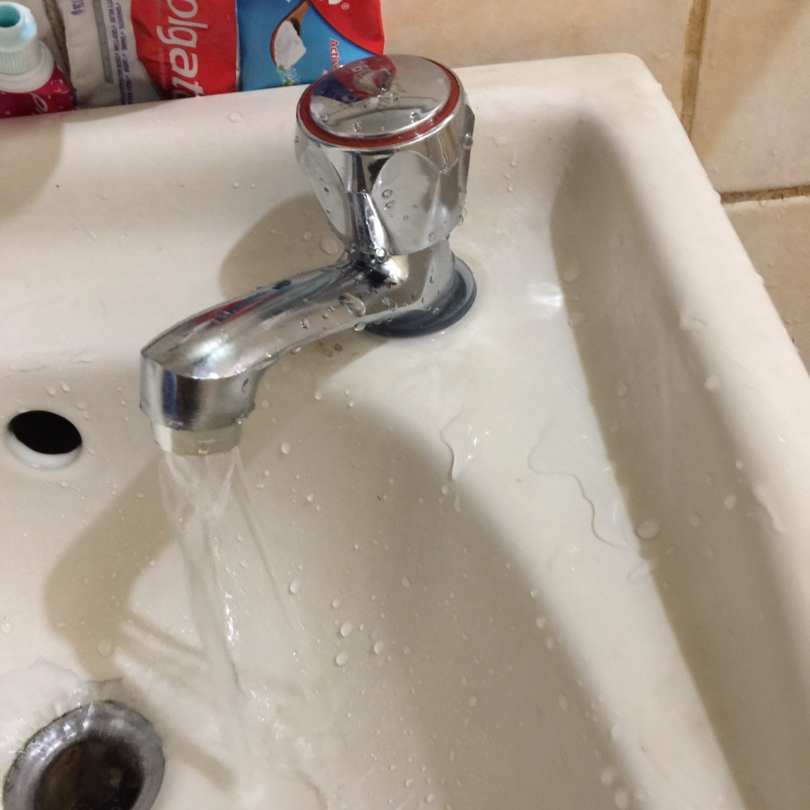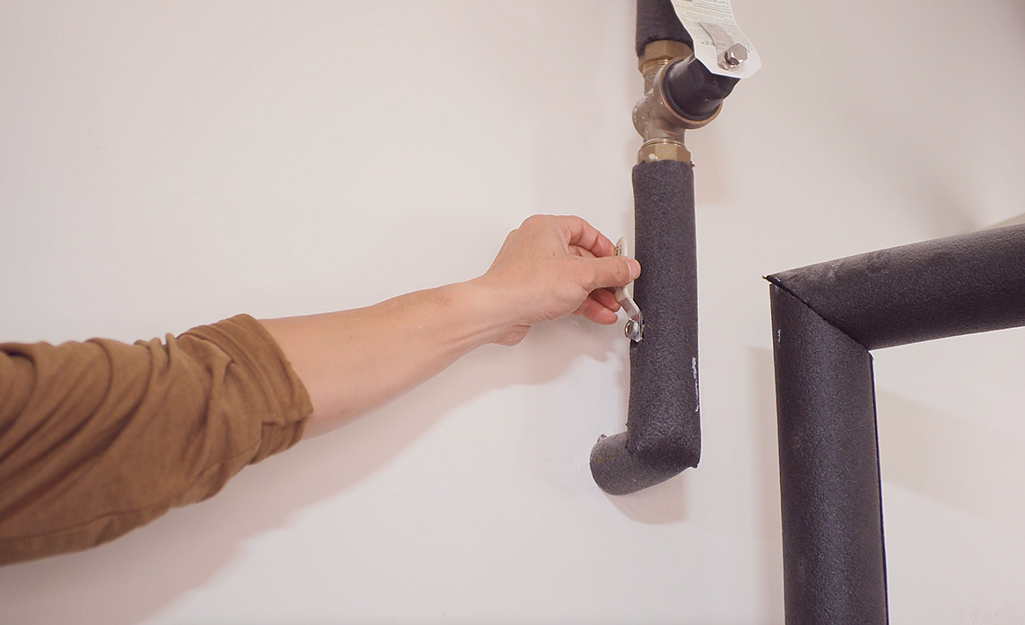How It's Important to Fix a Leaking Faucet
How It's Important to Fix a Leaking Faucet
Blog Article
The content in the next paragraphs in relation to Why Are My Faucets Dripping (And Can I Fix It Myself)? is particularly interesting. Check it out for yourself and see what you think of it.

Trickling taps may look like a minor inconvenience, but their effect goes beyond simply the annoyance of the audio. From wasting water to sustaining unnecessary monetary prices and wellness risks, disregarding a trickling faucet can bring about numerous consequences. In this short article, we'll explore why it's critical to address this usual household issue without delay and efficiently.
Wastefulness of Water
Ecological Impact
Leaking taps add dramatically to water wastefulness. According to the Epa (EPA), a single faucet trickling at one drip per secondly can lose greater than 3,000 gallons of water each year. This not just stress water resources however likewise influences communities and wildlife dependent on them.
Step-by-Step Overview to Dealing With a Dripping Faucet
Tools Needed
Before trying to take care of a dripping faucet, gather the needed devices, including an adjustable wrench, screwdrivers, replacement parts (such as washers or cartridges), and plumber's tape.
Typical Faucet Issues and Their Solutions
Identify the kind of tap and the specific issue triggering the drip. Usual problems include worn-out washing machines, rusty valve seats, or defective O-rings. Describe maker guidelines or online tutorials for detailed support on repairs.
Financial Costs
Increased Water Expenses
Past the ecological impact, trickling taps can inflate water bills considerably. The collected wastage gradually equates into greater energy expenditures, which might have been stayed clear of with prompt fixings.
Potential Building Damages
Additionally, long term trickling can lead to damage to components and surface areas surrounding the tap. Water buildup can cause discoloration, corrosion, and even structural issues if left unattended, leading to added repair prices.
Health and wellness Issues
Mold And Mildew and Mold Growth
The continuous presence of wetness from a dripping faucet develops an ideal setting for mold and mildew and mildew growth. These fungis not only compromise interior air high quality but additionally present health risks, specifically for individuals with respiratory problems or allergies.
Waterborne Illness
Stagnant water in leaking faucets can end up being a breeding place for germs and various other pathogens, raising the danger of waterborne conditions. Contaminants such as Legionella germs grow in stagnant water, potentially resulting in severe ailments when ingested or inhaled.
DIY vs. Expert Repair service
Pros and Cons of DIY Repair Work
While some may attempt to repair a leaking tap themselves, DIY repair services include their very own set of challenges. Without correct understanding and devices, DIY attempts can exacerbate the concern or bring about insufficient fixings, extending the trouble.
Benefits of Employing a Professional Plumber
Employing an expert plumber makes sure that the underlying root cause of the leaking faucet is resolved successfully. Plumbing technicians possess the proficiency and tools to identify and fix faucet concerns efficiently, conserving time and minimizing the threat of more damage.
Ecological Duty
Individual Contribution to Conservation
Taking duty for fixing dripping taps aligns with wider efforts toward water conservation and environmental sustainability. Every individual's actions collectively make a significant impact on preserving precious sources.
Lasting Living Practices
By prioritizing prompt repairs and adopting water-saving behaviors, people contribute to lasting living techniques that benefit both present and future generations.
Safety nets
Routine Maintenance Tips
To stop leaking taps, do regular maintenance such as cleansing aerators, checking for leaks, and changing worn-out components promptly. Furthermore, consider setting up water-saving tools or upgrading to much more reliable components.
Significance of Prompt Repair Works
Resolving dripping taps as soon as they're observed protects against further water wastage and potential damage, eventually saving both water and money over time.
Effect On Residential Or Commercial Property Value
Perception of Well-Maintained Home
Preserving a building in good condition, consisting of attending to maintenance issues like trickling taps, enhances its perceived worth and value amongst possible purchasers or lessees.
Influence on Resale Value
Properties with well-kept plumbing fixtures, including taps, command greater resale worths in the property market. Attending to leaking taps can contribute to a positive perception throughout property assessments and negotiations.
Final thought
Resolving a dripping faucet surpasses plain benefit; it's a crucial action toward preserving water, decreasing monetary expenses, and securing wellness and property. Whether through DIY repair work or expert support, acting to repair dripping taps is a tiny yet impactful means to advertise responsible stewardship of resources and add to a much healthier, much more sustainable future.
How to Fix a Leaky Faucet: Step-by-Step Repair Guide
A leaky faucet may seem like a simple annoyance, but if it's not fixed promptly, that leak could cost hundreds to potentially thousands. From water damage to mold, mildew, and high water bills, even a tiny leak can be catastrophic if left unattended. Damage like this can even affect the overall value of your home, so it's important to take the right approach for leaky faucet repair. You may need the help of a plumber in some cases, but we've got a few tips you can try on how to fix a leaky faucet before calling the pros.
Four Faucet Types
When you're learning how to fix a leaky faucet, the first step is knowing what kind of faucet you're working with! There are four common types.
Cartridge Faucets
Cartridge faucets come in one- or two-handled varieties. In one-handled cartridge faucets, hot and cold water combines in a single cartridge. In the two-handled versions, hot and cold water are controlled separately and mixed in the faucet.
Ball Faucets
Ball faucets have a single lever you push up and down to adjust the pressure and rotate to change the temperature. A slotted metal ball controls the amount of water allowed into the spout.
Compression Washer Faucets
They're the oldest type of faucet, but they're still used in many homes — especially older ones. Compression faucets have two separate handles that, when turned, raise or lower the washer that seals a water valve. This valve stops water from flowing through the faucet when it is turned off.
Disc Faucets
Disc faucets rarely need to be repaired due to their maintenance-free design. The water flow is controlled by two discs — the upper one raises and lowers against a fixed lower disc, creating a watertight seal. If your disc faucet starts leaking, you may need to replace the seals or clean residue buildup from the inlets.
Fixing a Leaky Faucet
Step 1: Turn Off the Water
Whether you're learning how to fix a leaky bathtub faucet or how to fix a leaky kitchen faucet, always turn off the water supply to your working area when you're fixing a leak. The last thing you want is a flood added to your list of things to fix.
Look for the shutoff valves below your sink or around the tub and turn them clockwise to stop the water flow. If your faucet doesn't have shutoff valves, you may need to turn off the water for the whole house. Check to make sure it's off by turning the faucet on. If nothing comes out, you're ready to start the repair.
Step 2: Take Apart the Faucet
How you disassemble your faucet depends on the type of fixture you have. You can use a flathead screwdriver to remove the caps on top of the handle or handles for cartridge and compression faucets. Inside, you should see handle screws. Unscrew these with a screwdriver to remove the handle.
Disc- and ball-style faucets will typically have an inlet screw near the handle, and removing that will reveal the interior of the faucet.
Detach the Valve Stem
For cartridge- and compression-style faucets, you'll see the inner valve stem or cartridge once you remove the faucet handles. If you have a compression faucet, unscrew the brass valve stem. If you have a cartridge faucet, pull out the cartridge. If your cartridge has been in place for a while, it may require some tools or extra force to remove it due to mineral deposits.
Examine and Replace Parts
Once you've removed the parts, check them out to confirm what needs to be replaced. You may see corroded rubber washers, O-rings, stems, or cartridges. On a ball-style faucet, check the seats and springs for damage.
If you need to repair a leaky disc faucet, check the inlet and seals on the lower disc.
Once you determine what parts must be replaced, visit your local hardware store. Bring the damaged parts with you to ensure you can purchase the correct components to replace them.
Clean Valves and Faucet Cavity
If you've removed a stem or cartridge, you may notice mineral buildup in the faucet's threads. Use white vinegar to clean the valve seat by soaking it for a few minutes, then scrub it away with a soft toothbrush and rinse with warm water. You can also clean the interior of the faucet in the same way.
Reassemble the Faucet
Once your faucet is cleaned and the required parts have been replaced, it's time to reassemble it. Put the pieces back together and slowly turn the water supply back on. Doing this slowly is crucial because too much initial water pressure can damage the new hardware you've just installed.
https://homewarranty.firstam.com/blog/how-to-fix-leaky-faucet

As a passionate reader on Leaky Faucets: Why They Happen & What to Do About Them, I was thinking sharing that portion was essential. In case you liked our blog entry plz be sure to share it. I recognize the value of reading our article about Why Is It Important To Fix Your Leaking Tap/Faucet?.
Report this page